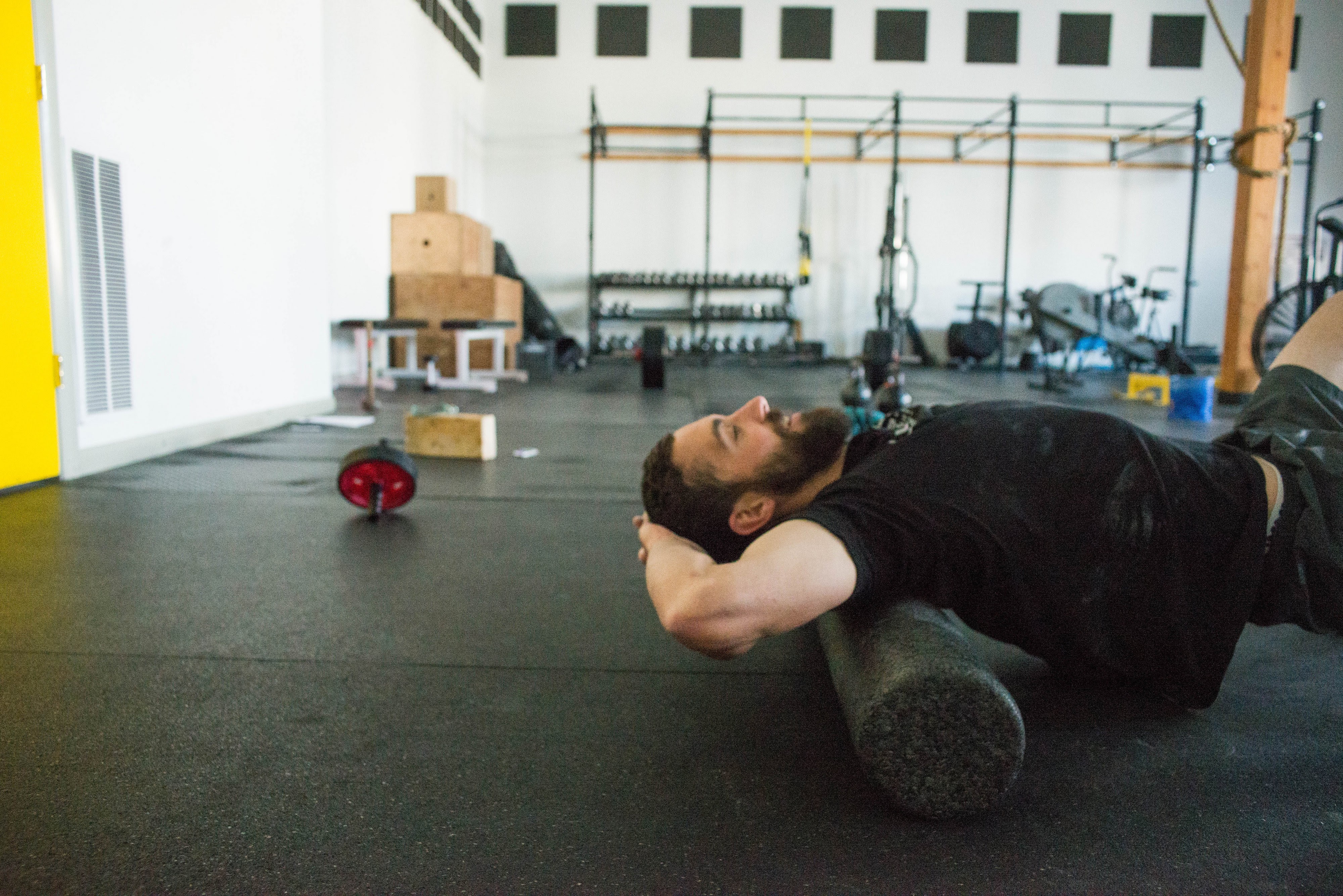By Steve Bechtel
When we are training for rock climbing, routine can be comforting, but it can kill our motivation. Things get boring. We don't push. Routine can also kill our progress physically because the stimulus being delivered to the body isn't novel enough (in movement type, load, speed, etc.) to make the muscles adapt any further. With this in mind, I encourage athletes to make small changes to their programs constantly throughout the long winter season.
Most of us do most of our climbing training in the bouldering area of the gym or on a fixed board. This is perfect. But we should also dedicate an hour or 90 minutes each week to being generally stronger human beings. Charlie Manganiello and I wrote all about this part of climbing training in Unstoppable Force, and then I followed up this year with Hold Fast. Although we're advocates of strength training, we're not strength instead of climbing people.
A good, basic strength session for a rock climber might look something like this:
3 sets each of the following groups:
A1: Dumbbell Rows, 5 each side
A2: Front Squat, 5
A3: Ankles to Bar, 5
B1: Single Arm Overhead Press, 5 each side
B2: Trap Bar Deadlift, 5
B3: Get-Up, 1 each side
This will probably clock in about 40-50 minutes. If it's taking longer, you're either lifting really heavy or looking at your phone too much.
Each of these exercises can be categorized by movement pattern, a loose way of organizing exercises by the muscles they target. If we look at the patterns for the exercises above, it looks like this:
A1: Upper Body Pull
A2: Squat (Quad Dominant Leg)
A3: Midsection / Core
B1: Upper Body Press
B2: Hinge (Hip Dominant Leg)
B3: Total Body
If I've got an athlete starting a winter strength program, I'll build out the session based on movement patterns, but with exercises they know and can do. We'll continue with this same session for eight workouts, progressing loads as tolerated. Toward the end of the eight, I'll start to change out exercises, usually dumping the ones that the athlete is best at.
Let's say my athlete is really strong at the Front Squat. They progressed a bit but were already quite good, so the overload has leveled off the last couple of weeks. I'd suggest they start to learn a new squat variation, and we could pick from a huge menu. The most effective changes I've seen are to switch the speed of movement (jump squat, for example), move to a static variation (90-degree isometric hold), or switch to a single-leg variant (walking lunges).
The rest of the workout would remain the same for a couple more weeks. Since the squat was probably the exercise where the athlete was closest to their maximum, we then pick a new exercise to maximize. This one should not be the new squat variation but another where the athlete is already progressing well.
This focus exercise should be approached in each set with extra intent, and the athlete should seek progress in each and every session. Our progression priority should be to increase load. If this is not possible, we should add more reps to a set or two. If this, too, is not possible, we add another set. Every workout, though, we go forward.
When we cycle training in this way, we end up "killing a lot of birds," so to speak. We avoid burnout, reduce the chance of overuse injuries, and we tend to build a broader base of strength. The influencers that will tell you that you can't maximize strength unless you stick to bench press, deadlift, and squat are right in a way—but we're training for rock climbing, not to maximize three powerlifts. We don't need that much general strength.
By the end of the winter training cycles, most of my athletes have increased their strength in three or four exercises per movement pattern. We've supported their climbing training instead of competing with it. And best of all, they tend to enjoy the training more.
A big part of progress is letting go of the things that don't help you get better. A tougher part is grappling with things that you have yet to master. Both will pay out big time if you're brave enough to let it happen.
Not sure where to begin?
We have training plans available for any level athlete!
View Training Plans
ABOUT STEVE BECHTEL
Steve is the founder of Climb Strong and is proud to be the worst coach on the Climb Strong team. A climber for nearly 40 years, he has traveled the globe bouldering, sport climbing, and doing first ascents of some of the world's biggest walls.
He lives in Lander, Wyoming, with his wife Ellen and children Sam and Anabel.


